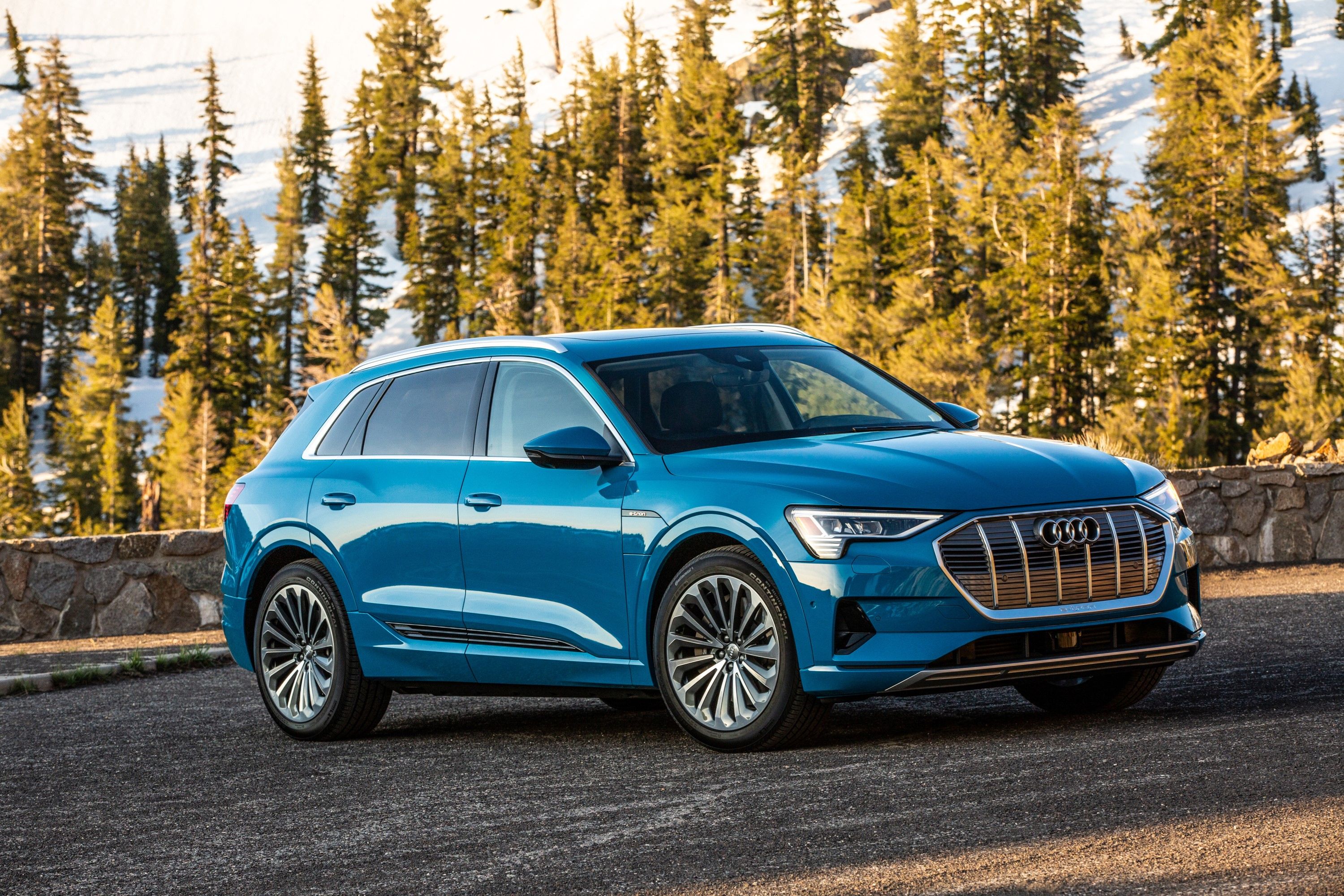Audi's vehicle-to-vehicle (V2V) communication and vehicle-to-infrastructure (V2I) technology is making roads safer. In 2016, the carmaker utilized the communications technology to launch the Audi Traffic Light Information service, which allows Audi models to talk with traffic signals and tell the driver when the light will turn green. It also suggests the optimal speed within the city limit to avoid getting stuck at a red light.
When it first launched, the service supported a handful of traffic signals but has since expanded to 22,000 connected intersections and over 60 cities across the US.
Portland, Oregon, and Las Vegas were the first cities to support the service, but now Audi is expanding it to New York, Los Angeles, and San Francisco, helping make driving through these traffic-congested cities less arduous.
As well as improving road safety and reducing congestion, Audi found that reducing stop-and-go driving can increase fuel efficiency by 15 percent. A "Turn to Green" mode also shows how long it will take for the next traffic light to turn green in the instrument cluster or head-up display. This increases the chances of riding a "green wave" of traffic lights for a more relaxing journey. Using an LTE Wi-Fi hotspot available with an Audi connect Prime or Plus subscription, a connected traffic signal communicates to servers that collect data and recognize traffic signals patterns to make predictions.
Audi's Traffic Light Information service is available in most 2020 and 2021 models including the e-tron, A4, A5, A6, A7, A8, Q3, Q7 and Q8.
This isn't the only way Audi is utilizing communication technology to improve road safety. Audi's cellular vehicle-to-everything (C-V2X) technology can also warn drivers when to slow down for construction workers in Northern Virginia and recently tested a system that warns drivers when they approach school zones and school buses. Another V2X service is also being added that automatically pays for tolls on selected roads in the US.

